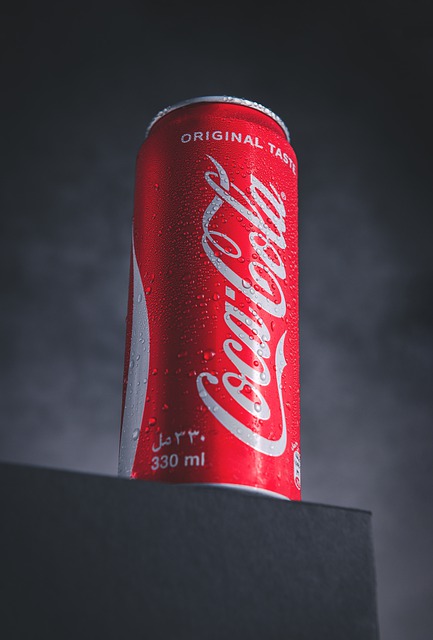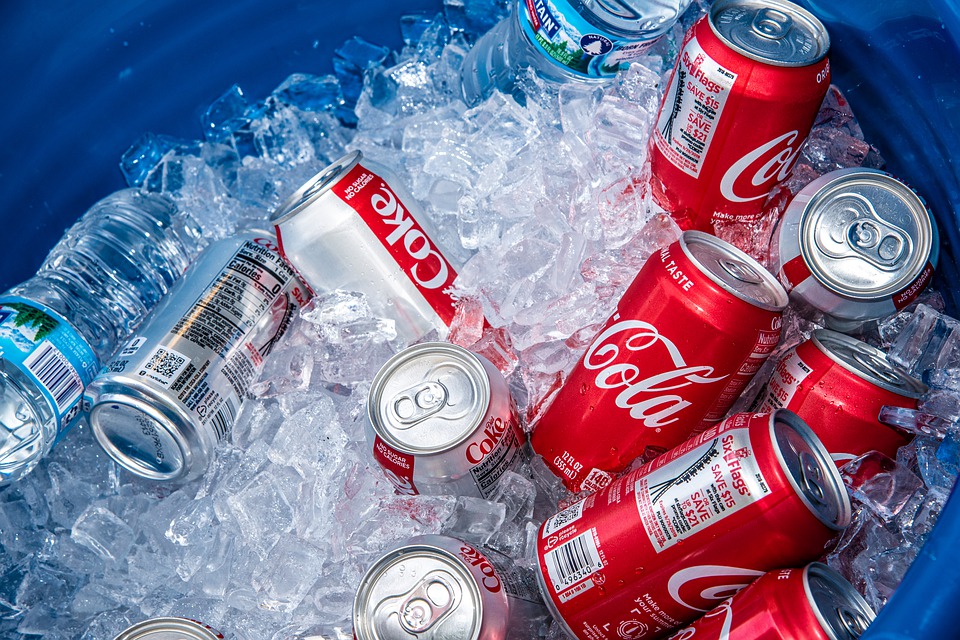Do you drink Coca-Cola® in the morning, at noon, at night, or all the time? You’ve probably been told, but you’ll only believe what you see! This post will convince you how this soda and its competitors do you little good: their components destroy your organs and make you addicted. Let’s look closer at what happens after the first sip…
A little background: Coca-Cola® was not sold as a medicine.
The invention of the Coca-Cola® formula dates back to the end of the American Civil War. The pharmacist John Pemberton developed a drink containing coca leaves and alcohol to eliminate his addiction to morphine contracted following pains due to wounds of war.
He marketed his shock drink under the title of French Wine Coca and then removed the alcohol during prohibition to concoct a new recipe based on sweet syrup.
John Pemberton sold his drink as such and not as a medicine.
Coca-Cola® does not affect gastroenteritis, contrary to popular belief.
It consists only of water, sugar, and additives.
Good to know: no traces of cocaine have been detected in Coca-Cola® since 1929.
1. The acid masks the sugar and destroys the teeth.
You uncap the bottle, almost frantic. After one sip, your eyes sting, and the bubbles get up your nose.
Coca-Cola® contains almost 10% sugar. If you don’t think it’s too sweet, it’s because most commercial products are, even salty dishes, and the phosphoric acid it contains has a strong taste.
Even in small quantities, this acid is responsible for disrupting calcium metabolism, which is eliminated through the urine due to the liquid’s acidity.
As a result, the bones are more fragile, which is osteoporosis.
The enamel of the teeth also becomes less resistant.
2. It is responsible for hyperglycemia.

Most of the time, sugar is incorporated into sodas in the form of sucrose. This is a disaster because after it goes down into the stomach, the liquid is absorbed by the body, and when the sugar level rises in the body, the pancreas makes insulin to store it as fat. When the insulin level gets too high, the pancreas can no longer keep up, and sugar concentration in the blood suddenly increases.
The liver can temporarily store excess sugar, but its capacity is limited, as is fat tissue and muscle capacity.
Note: research shows that consuming more than one can of soda per day is a significant risk factor for developing hepatic steatosis. In addition, another study indicates that such consumption of sweetened beverages increases mortality by digestive disease by 59% (and mortality by circulatory illness by 50% in the case of beverages with sweeteners.
Diseases such as diabetes develop from this hyperglycemia.
3. Caffeine increases blood pressure.
It is no secret that in the United States, soda consumption is much higher than anywhere on the globe. With coffee, the overdose is close!
In a 33 cl can of Coca-Cola®, there is about 50 mg of caffeine, three times less than in espresso.
After the morning and midday coffee, Coca-Cola is a delicate cocktail.
Indeed, beyond 300 mg per day, you cross the caffeine tolerance threshold and are at the mercy of its side effects.
Note: the side effects of excess caffeine are abdominal pain, tremors, tachycardia, irritability, etc.
This substance is absorbed after a good half hour. It accelerates the blood pressure in the arteries. It is therefore not recommended for people suffering from high blood pressure because it can eventually lead to:
- angina pectoris;
- thrombosis and a cerebral hemorrhage;
- heart attack;
- heart or kidney failure.
Good to know: most people with high blood pressure are unaware of it and are exposed to the above risks.
4. Dopamine floods the body.
Three-quarters of an hour after the first sip, the body, flooded with sugar alone, produces dopamine:
Phenylalanine, an amino acid found in soda, helps synthesize dopamine neurotransmitters.
The dopamine release at the synapse is a natural reaction that also occurs when we laugh or even sneeze!
This substance stimulates the “pleasure” area of the brain, making you feel euphoric.
5. Trying to repeat the experience.

You experience a sensation quite similar to what you would have after taking cocaine.
Good to know: sugar is a drug; it’s proven! Scientists have even determined that it can be more addictive than cocaine. However, if it can be challenging to live, this addiction is much less destructive.
6. Poor digestion for the body.
Contrary to fruit juices which contain many vitamins allowing the assimilation of sugar and the digestion of the food bowl, Coca-Cola® delivers nothing but sugar and acids.
Naturally, when absorbing acidic food, the body dilutes it with water that enters the digestive tract. During an effort, what could help the body to evacuate heat, sweat, is used for this osmotic phenomenon. Consequently, this causes dehydration and diarrhea.
In addition, the low sodium content of soda does not allow the body to compensate for its salt losses during exercise. Drinking Coke after a marathon is an illusion of refreshment but total uselessness for the body!
Open a Coke, open happiness!
Conclusion? It’s like everything else, and you have to consume it sparingly if your body is not already suffering from diseases that can be aggravated by coke.
Coca-Cola® is undoubtedly more useful for cleaning than for satisfying your thirst! Not convinced? Read this: Household Uses of Coca-Cola! (Part 1).


